 Register on the forum now to remove ALL ads + popups + get access to tons of hidden content for members only!
Register on the forum now to remove ALL ads + popups + get access to tons of hidden content for members only!
|
||||||||
 Best Porn Sites Best Porn Sites
|
Live Sex | Register | FAQ | Members List | Calendar | Mark Forums Read |
| Vintage Elegance & Beauty Female beauty from bygone days ~ Pre 1945 elegance. |
|
|
Thread Tools | Display Modes |
|
|
#1 |
|
Vintage Member
Join Date: Jan 2008
Location: Kyiv
Posts: 578
Thanks: 44
Thanked 17,705 Times in 579 Posts
           |
Madame d'Ora (Dora Kallmus)
(1881 – 1963) https://en.wikipedia.org/wiki/Dora_Kallmus "Madame d’Ora’s vibrant portraits of twentieth-century artists and intellectuals remain important testaments to European cultural life at the turn of the century and beyond. Not only did her high quality photographs of well-known figures such as Josephine Baker (1906–1975), Karl Kraus (1874–1936), Arthur Schnitzler (1862–1931) and Gustav Klimt (1862–1918) receive international acclaim, but her studios in Vienna and Paris also became fashionable meeting places for the cultural and intellectual elite. D’Ora’s achievements also paved the way for other European women’s careers in photography, an area in which many Jewish women in particular found success. Dora Philippine Kallmus was born on March 20, 1881 to a Jewish family in Vienna. Her sister Anna was born in 1878 and was deported in 1941. Though her mother, Malvine (ne'e Sonnenberg), died when she was young, her family remained an important source of emotional and financial support in her career. She became interested in the field while assisting society photographer Hans Makart (1840–1884) and in 1905 became the first woman accepted by the Association of Austrian photographers. At that time she was also the first woman allowed to study theory at the Graphischen Lehr- und Versuchsanstalt, which only in 1908 granted women access to other courses in photography. From January to May 1907 she completed an apprenticeship with portrait photographer Nicola Perscheid (1864–1930) in Berlin. There she met Arthur Benda (1885–1969), who later became her professional assistant. After returning to Vienna she established her own studio with the help of her family. Its name—Atelier d’Ora—reflected her love of French culture. Since d’Ora, as a woman, was unable to receive technical training in photography, the move to open her own studio was unusual and risky. However, Benda completed all technical work, while d’Ora obtained clients, set the lighting and poses, and worked on sales and public relations. Her studio achieved rapid popularity among the Viennese elite and in 1916 d’Ora was asked to photograph the coronation of Kaiser Karl (1887–1922), King of Hungary, after which members of the Imperial family visited her studio. D’Ora’s early clients also included composer Arthur Gru"nfeld (1852–1924), opera singer Maria Jeritza (1887–1982) and actors Bernhard Baumeister (1828–1917), Fritzi Massary (1882–1969), Ida Roland (1881–1951) and Alexander Girardi (1850–1918). Her Jewish background also helped her gain clients; through her cousin, actress Rosa Bertens (1860–1934), she gained access to clients in the theater, while her relations with composer Erich Korngold (1897–1957) brought her into contact with the world of music. The prominent position of her father, Dr. Philipp Kalmus (?–1914), as a government lawyer brought people from high levels of the civil service, banking and business to her studio. In 1919, d’Ora converted to Roman Catholicism. She never married. D’Ora was one of the first photographers to focus on the emerging areas of modern, expressive dance and fashion, particularly after 1920, when fashion photographs started to replace drawings in magazines. While her photographic technique was not radical, her avant-garde subject matter was a risky choice for a commercial studio. However, d’Ora’s photographs, which captured her clients’ individuality with new, natural positions in contrast to stiff, old-fashioned poses, quickly became popular. From 1921 to1926 d’Ora and Benda spent the summers in Karlsbad seeking international clientele and in 1925 opened a studio in Paris together. However, Benda soon returned to Vienna, causing difficulties for d’Ora; in 1927 he took over her studio there, operating it under the name “d’Ora-Benda-Wien.” After this break, d’Ora and Benda never again spoke to each other. In Paris d’Ora gained access to the international fashion industry and also received long-term contracts from the fashion magazines Die Dame and Officiel de la Couture et de la Mode. Her Paris photographs reflect the glamorous style of her clients there, including designer Coco Chanel (1883–1971), art deco painter Tamara de Lempicka (1898–1980), writer Colette (1873–1954) and performer Maurice Chevalier (1888–1972). In addition, d’Ora often published her own short essays to accompany her photos. D’Ora sold her Paris studio soon after the invasion of the Germans in 1940. Despite her conversion, she remained in danger because of her Jewish background. During the war she hid in a cloister in La Lanvese, in the southern province of Arde`che, and later on a farm. Many of her family were killed in the Holocaust, including her sister Anna. Both the subject and style of d’Ora’s photographs changed radically after the war. Already in 1945 she documented the plight of refugees at a camp in Austria and in 1956, at the age of seventy-five, completed a series vividly depicting the brutality of Paris slaughterhouses. After she was hit by a motorcycle in 1959, d’Ora lost much of her memory and was unable to work. She spent her remaining years in Frohnleiten, Austria, in the family house that had been forcibly sold under the Nazis but later returned to her. She died on October 28, 1963." (c) Lisa Silverman Wanda Landowska, 1920 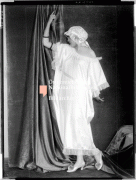    Agnes 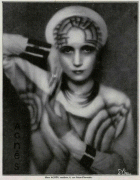 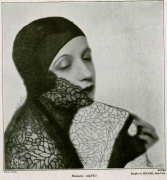  Andree Lafayette, 1928 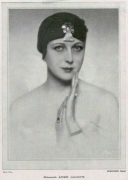 Anita Berber und Sebastian Droste, 1922  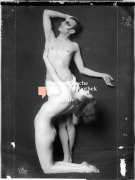 Anita Berber, 1921 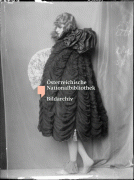 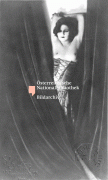 Anna Pavlova, ca 1912  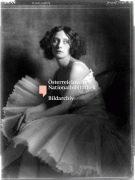 Arletty, 1929 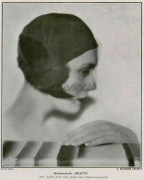 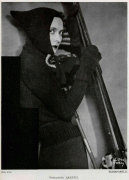 Begum Aga Khan, 1930 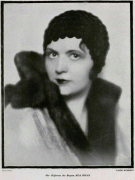 Emilie Floge 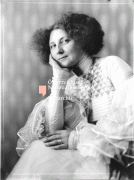 Eskenasy, 1924 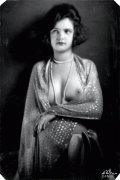 Helene Hallier, 1930 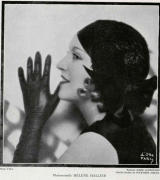 Helene Jamrich, 1910 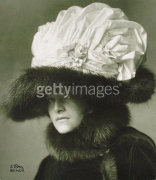 Helene Tatistcheff, 1931 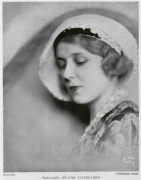 Hubel, 1930 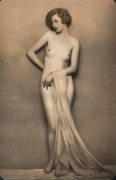 Hussameddin-Bey, 1928 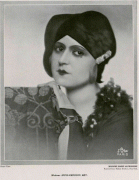 Ilona Karolewna, ca 1924 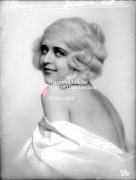 Jane Renouardt 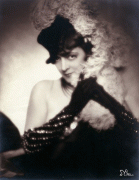 Kata Sterna, Ernst Matray, 1916 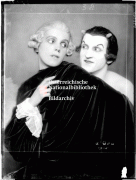 Kyra Alanova, 1933 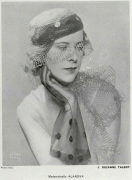 Kyriazi, 1927 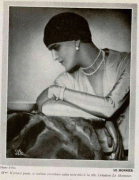 La Jana, 1924 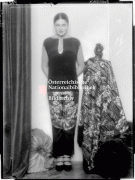 Leila Bederkhan 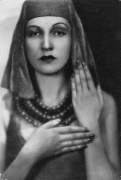 Maria Ley, 1924  Maria Solveg, 1927 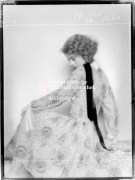 Princess Achille Murat, 1930 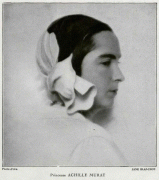 Princess Beloselskaja-Belozerskaja, 1922 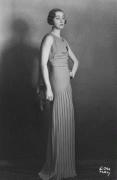 Sent M'Ahesa, 1923 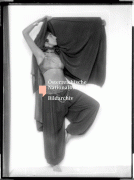 [ mod edit - dead link(s) removed] Last edited by Wendigo; July 25th, 2020 at 06:31 AM.. Reason: removed dead images |
|
|

|
| The Following 32 Users Say Thank You to mrcheese For This Useful Post: | 11PurpleHaze22, audia2, bluemax0, boggis, bourschwa, DaveHam, davidvodka, ectock, G-Type, gubaman52, Iron393, jakubsten, johnbear, jomama, Joszka, kego29, kelio, L00N, lordoctorr, mameylopez, owain63, Pipemaster, pokeras, Sam Spade, SovietUnionBoy, Spanda, The Wolf Man, thyde, ven, Watashi, zerosympa2, zimbim |
|
|
| Thread Tools | |
| Display Modes | |
|
|